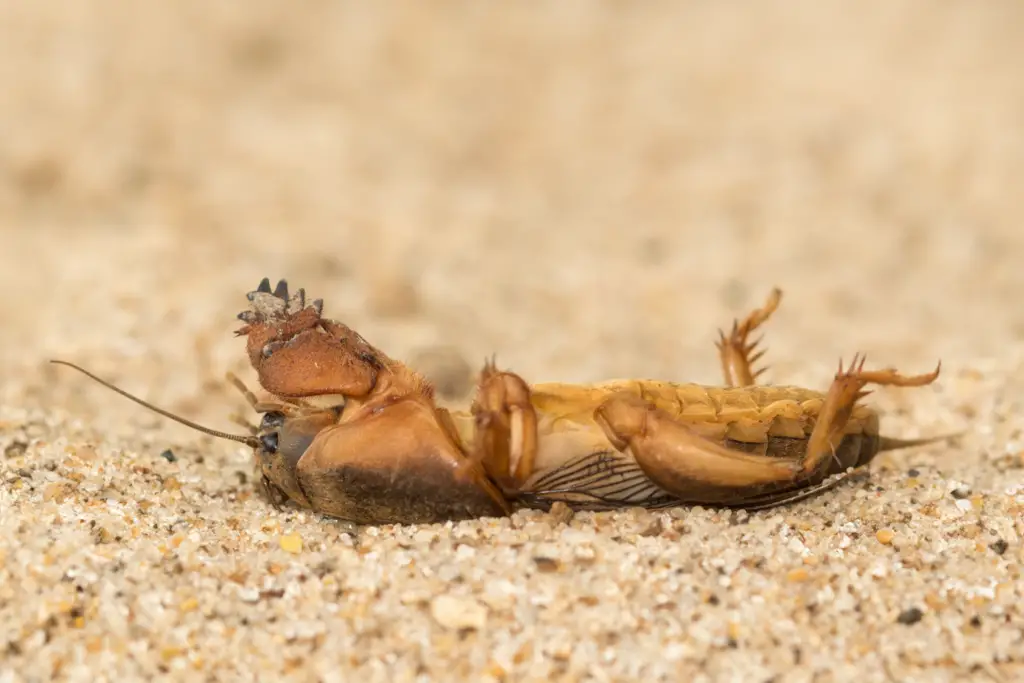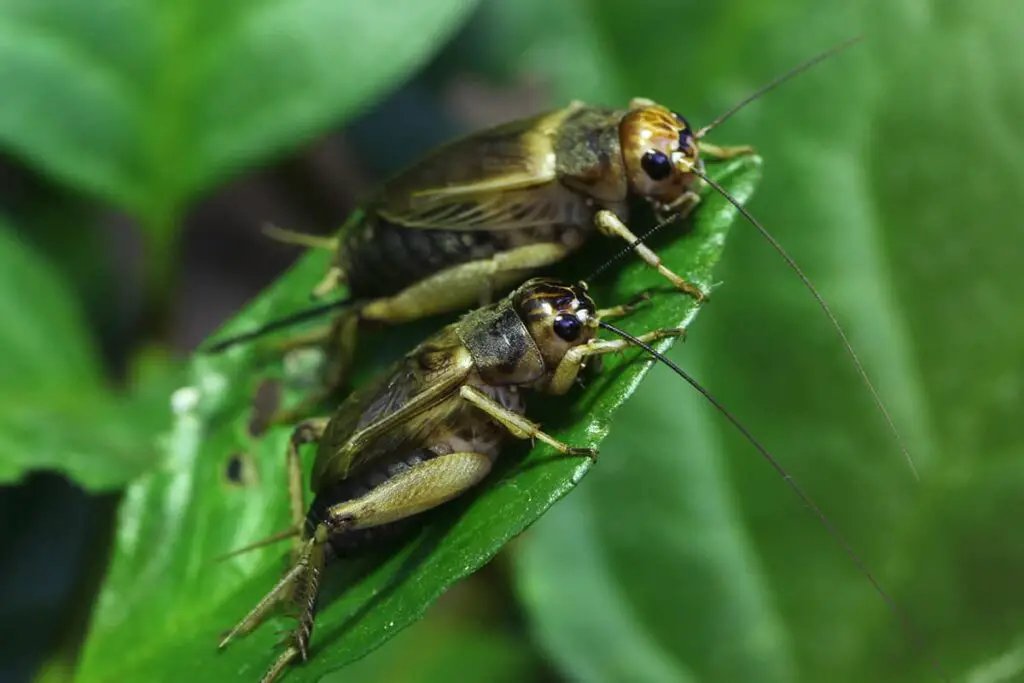
Understanding the health of your crickets is crucial whether you’re a cricket farmer, a pet owner, or an enthusiast of these chirping insects. Recognizing the signs of illness in crickets can be the key to providing them with the right care and ensuring their wellbeing. Just like any other animal, crickets can exhibit symptoms that indicate they’re not feeling their best.
If you notice your crickets acting sluggish, or spot physical abnormalities such as lumps or discoloration, it’s important to take note as these could be indications of disease or parasite infestations. Understanding these signs and knowing how to respond can help you take swift action to address any health issues.
Crickets have a typical lifespan of about a year, and during this time, they can encounter various health challenges related to their environment, nutrition, and even the seasons. As someone who cares for these creatures, staying informed about their life cycle and typical behaviors will enhance your ability to spot any unusual signs early on.
Recognizing Healthy versus Unhealthy Crickets
To maintain a thriving cricket population, you need to distinguish the signs of good health from those of illness.
Physical Appearance
Healthy crickets appear vibrant and active, with a shiny exoskeleton and pronounced coloring that varies from light yellowish-brown to dark brown, depending on the species. They should have a full set of limbs: six legs and two antennae.
Unhealthy crickets, on the other hand, may exhibit:
- Dull or discolored exoskeleton
- Missing limbs or antennae
- Signs of wounds or abrasions
- Abnormal growth or lumps
Behavioral Indicators
Healthy crickets are characterized by:
- Consistent chirping (usually by males)
- Active movement within their habitat
- Regular feeding and drinking behavior
Conversely, if your crickets are unhealthy, you might notice:
- Lethargy or minimal movement
- Lack of feeding or drinking
- Erratic movements or trembling
Common Symptoms of Illness
When your crickets display unusual behavior, it may indicate health issues. Early identification of these signs ensures better management and care.
Changes in Appetite
If you notice your crickets are eating less or not at all, this could signal an illness. A sudden drop in appetite is often one of the first signs that your crickets are not feeling well.
Unusual Waste Disposal
Keep an eye on your cricket’s droppings. Healthy cricket waste is typically solid and dark brown. If you find discolored or slimy droppings, it might indicate a digestive disturbance or infection.
Signs of Parasites
Be vigilant for physical changes such as red or white spots, or lumps on your cricket’s body. These symptoms may point to a parasite infestation, which requires prompt attention to prevent the spread and worsening of the condition.
Environmental Causes of Illness
Environmental factors are crucial to maintaining the health of your crickets. Neglecting the proper temperature, humidity, and cleanliness can lead to illness in your petite companions.
Improper Temperature
Crickets are sensitive to temperature fluctuations and thrive within a specific range. Exposing them to temperatures below 74°F (23°C) or above 86°F (30°C) can be harmful. If they’re housed at too low of a temperature, their immune system may weaken. On the flip side, temperatures that are too high increase the risk of dehydration and heat stress.
Inadequate Humidity
Crickets need a balanced level of humidity to stay healthy. Ideal humidity levels sit between 30% and 50%. Low humidity can lead to dehydration, while excessive humidity can foster mold growth and bacterial infections. Always use a hygrometer to monitor the moisture levels in their habitat.
Housing and Cleanliness Issues
Your crickets’ housing conditions play a significant role in their well-being. Overcrowding can cause stress and disease spread among crickets. Ensure their habitat is spacious and cleaned regularly to prevent the build-up of waste and uneaten food, which can lead to harmful bacteria growth and parasite infestations.
Frequently Asked Questions
In this section, you’ll find answers to common questions about the health of your crickets, including how to recognize signs of illness, prevent disease, and handle an infestation responsibly.
How can I tell if my crickets are unwell?
Look for symptoms such as lethargy, decreased appetite, and respiratory distress in your crickets, as these may indicate that they’re experiencing health issues.
What are common diseases that affect crickets?
Crickets can suffer from fungal infections, such as those caused by the Aspergillus fumigatus fungus, which require treatment with antifungal medications like itraconazole or terbinafine.
What are the signs of a viral infection in crickets?
Viral infections in crickets might manifest through unexplained deaths within the population or visibly sick crickets with symptoms like paralysis or discoloration.
How can you prevent diseases in a cricket population?
Maintain clean living conditions, provide proper ventilation, and avoid overcrowding to help prevent the spread of diseases among your cricket population.
Are there any risks associated with handling crickets?
Handling crickets poses minimal risks to humans, but it’s important to wash your hands thoroughly after contact to avoid potential allergic reactions or the spread of pathogens.
What should you do if you suspect a cricket infestation?
If you encounter a cricket infestation, identify and remove potential cricket habitats and food sources, and consider seeking professional pest control advice.
Driven by a passion for those tiny creatures that rule our world, we at Bug Domain strive to be your go-to resource for information on insects.




